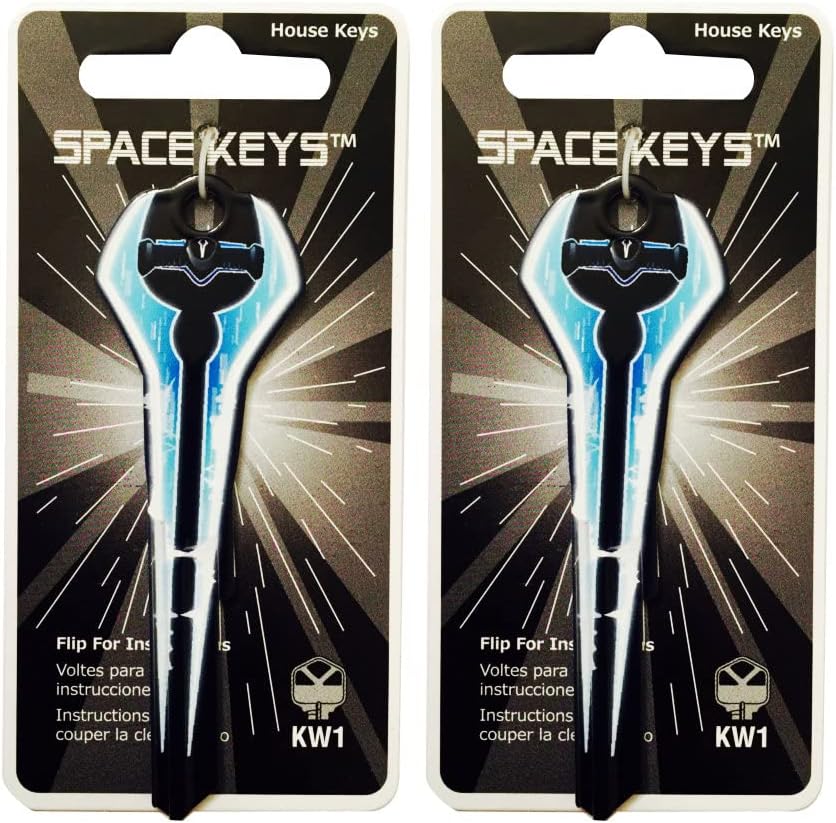I Love Bees was a mysterious online game that allowed players to engage in real-life activities as part of a larger puzzle. The game was also used as an advertisement for Microsoft’s new video game, Halo 2, which came out in 2004. This game was made by a company called 42 Entertainment. Many people who worked on this project had previously created a similar game for the movie A.I. before. I Love Bees was created specifically for Microsoft because it wanted to promote its new video game.

The video game I Love Bees was first promoted in a Halo 2 trailer with a secret message that players could find by checking out the game’s website. When people visited ilovebees.com, they thought it had been hacked by someone or something mysterious. As players solved puzzles on the site, audio recordings were posted there too, which helped to tell more of the story behind the game. The story involved a special computer program that had crashed onto Earth and was trying to put itself back together again.

When ilovebees launched in July 2004, it attracted 250,000 visitors immediately. Even after the site was updated, more than half a million people kept coming back. Over the next three months, almost three million people visited the site. Many people worldwide joined in on the fun by playing the game. I Love Bees earned many awards for its creativity and inspired other game creators to make similar interactive experiences.
Alternate reality games (ARGs) are created to engage fans of video games or other media in an interactive marketing experience. This type of promotion, as described by CNET, involves “real-life treasure hunting, online storytelling, video games, and community participation.” I Love Bees started when participants in ARGs received jars of honey through the mail. The jars contained letters leading to the I Love Bees website and a countdown timer. Around the same time, movie trailers for Halo 2 ended with the Xbox logo and a URL that displayed a link to ilovebees.com, making it seem like a site related to beekeeping was being hacked.

Two mysterious events that weren’t publicly linked for several weeks drew curious people to ilovebees.com. The website looked like it was all about selling honey and beekeeping, but it was actually full of weird symbols and broken sentences. Dana, who claimed to be the website’s owner, posted a blog saying her site had been hacked, and she didn’t know what was happening. This sparked the interest of fans of Halo and ARG games, who decided to investigate further and share the link with others.

The gameplay of I Love Bees required players worldwide to collaborate to solve problems without much guidance or direction. For instance, the game gave players 210 sets of coordinates and time codes with no clues about what they referred to. Players eventually discovered that the coordinates pointed to pay phones and the times were when the phones would ring; one player in Florida stayed near a phone as Hurricane Frances was approaching to answer pre-recorded questions. Other players made calls to a live person, known as the “operator,” voiced by actress Kristen Rutherford, who allowed them to interact with game characters in unexpected and sometimes funny ways. Some players treated the corrupted website data like secret messages to decode or used images found on the server to solve puzzles. Once players completed specific tasks, they received new episodes of an audio drama that explained why the ilovebees.com site malfunctioned.
As time went on, the way people interacted with each other in the game became more complicated. Players started getting messages through email, texting their cell phones, or meeting up with characters at scheduled times. Eventually, the game invited players to visit one of four special cinemas where they could try out Halo 2 before it came out and get a keepsake DVD as a memento.

The game starts with a military spaceship crashing down on Earth somewhere, causing its controlling computer system to get damaged. This computer program, called “Operator” or “Melissa”, isn’t alone because other AI programs are connected to it too. To stay alive and find any other surviving allies, Melissa transfers herself into a web server in San Francisco that happens to be home to a website all about bees, called I Love Bees. However, this is a big problem for the person who takes care of the site, Dana Awbrey, because Melissa’s attempts to send messages started coming through as confusing codes hidden inside images or text on the website, which began to mess up the site and ruin most of its content.
Dana tried to fix the website, but she made things worse. She accidentally deleted some important information that belongs to Melissa, which is connected to her memory. As a result, Melissa got very angry and started yelling at Dana. To get revenge, Melissa threatened to show Dana some pictures taken by herself on her computer using the webcam. Dana was really worried about this situation and decided to step back and leave it alone. She announced that she had already planned a trip to China earlier, so she would be going there sooner than expected to take a break from everything.

All computers used for artificial intelligence have a special program called SPDR, which stands for System Peril Distributed Reflex. When SPDR tries to fix a problem with the computer’s memory called Melissa, some information from Melissa starts pouring out onto the website. This information shows what Melissa has learned and reveals that the computer is infected with a bad virus called the “Pious Flea.” The Spider program tries to delete the Flea but gets tricked instead – it actually deletes itself. Despite this mistake, the Flea keeps altering Melissa’s programming to do its own secret tasks. Eventually, it is discovered that the Flea is actually an spy-like AI created by a group called the Covenant, and it is more accurately known as the Seeker.

Using information from other characters that were heard through audio chapters, the main characters figured out how to break into a secure military facility and disable a Forerunner device. This allowed them to start the firing sequence for the Halo installations, but there was a catch – it also sent a strong energy signal to alert the Covenant about Earth’s location. Meanwhile, Melissa realized she had been tricked by the Pious Flea and went back in time. The movie ends with the Covenant attacking Earth, which matches an important event in the second Halo game.
Because Bungie was focused on creating Halo 2 during I Love Bees’ time, they couldn’t help 42 Entertainment with making up the story for the ARG, so its storyline is only slightly connected to the main Halo series. The events from I Love Bees were not initially thought to be part of the official Halo universe. However, in a 2006 interview, Bungie’s content manager Frank O’Connor stated that I Love Bees does belong to “things we accept as part of our canon.” Since then, references to elements of I Love Bees have appeared in two official Halo books: the 2006 Graphic Novel and the 2009 Encyclopedia.

Development Jordan Weisman, CEO of 42 Entertainment
The company behind I Love Bees, 42 Entertainment, was founded by Jordan Weisman, who used to work as the creative director for Microsoft’s Xbox division. Before creating I Love Bees, 42 Entertainment had already developed the first alternate reality game called The Beast, which helped promote a movie called A.I.. Other key people involved in making I Love Bees included Sean Stewart, a well-known author of fantasy novels who wrote the game, and Jim Stewartson, the technical lead who made the game’s first online 3D game. Jordan Weisman explained that his goal with I Love Bees was to use every single person playing the game and any electronic device or resource available: “We wanted to take advantage of every single person who played our game – even their toaster! Anything connected to electricity, a single story, a single gaming experience, with no limits. Our aim was to create something as real-life-like as possible.”
42 Entertainment created the I Love Bees game by turning it into a radio drama, using pay phones as an exciting way for players to interact with the story. Chris Di Cesare, Microsoft’s head of marketing, said that the game was designed to be like War of the Worlds, but in a unique and non-traditional way. He explained that this approach allowed them to tell the story in a new and innovative way while still paying homage to the classic radio drama tradition. To avoid scaring non-players with gunshots on their phones, 42 Entertainment created special passwords that had to be repeated. In an interview, Stewart described writing for I Love Bees as more enjoyable than writing novels, both financially and because of the unique experience of creating an Alternate Reality Game (ARG). The audiences they built around these campaigns were like no other – they were a collective group that worked together, sharing their discoveries and swapping pieces back and forth. This collaborative experience gave them a special kind of power and connection to each other that was hard to find in traditional forms of storytelling.

The success of Halo 2 was partly due to the promotional campaign “I Love Bees,” which drew attention from both gamers and non-gamers alike. According to Dan Hsu, an editor at Electronic Gaming Monthly, this campaign helped spark conversations about the Halo universe among existing gamers and newcomers. Billy Pidgeon, a game analyst, explained that “I Love Bees” achieved its goal by using innovative marketing tactics that created buzz around the game. The campaign not only caught the attention of gaming publications but also attracted mainstream media coverage. At its peak, ilovebees drew in between two to three million unique visitors over the course of three months. Thousands of people actively participated in the real-world aspects of the game as well. Interestingly, the players who joined the game came from diverse backgrounds. While the target audience was primarily younger males, some middle-aged men and women also got involved in the game.
I Love Bees won several awards for its groundbreaking ideas. The design team took home the top prize at the 5th annual Game Developers Choice Awards. I Love Bees was also honored as the best game in the Game-Related category at the Webby Awards, hosted by the International Academy of Digital Arts and Sciences.
Legacy Along with the Beast, I Love Bees was instrumental in introducing marketing games to a wider audience; this game successfully addressed concerns about the high cost of ARG failure and sparked interest from other developers who wanted to create their own alternate reality games. Before I Love Bees, some experts believed that ARGs would never gain traction like Letsbuyit.com and Barcode Battlers did; however, with the rapid expansion of internet access and a renewed focus on codes, I Love Bees became incredibly popular. Later, Bungie used another ARG called Iris to promote Halo 3, the next game in the Halo series.

I Love Bees made a big impact in discussions about user-based marketing and teamwork. Author Charles Leadbeater said that I Love Bees showed how people come together to think collectively, which he called “We-Think.” He noted that after some people started playing the game, it became incredibly popular – all within just a few weeks! This was because many players were excited and motivated by their online friends, or “avatars” who helped guide them.
In 2016, musician Ramona Andra Xavier, who created music under the name Vektroid, said that she was heavily inspired by “I Love Bees” when it came to using fake websites, online groups, and real-life activities to mix up what’s real and what’s not.
As an Amazon Associate, I earn from qualifying purchases.
Leave a Reply